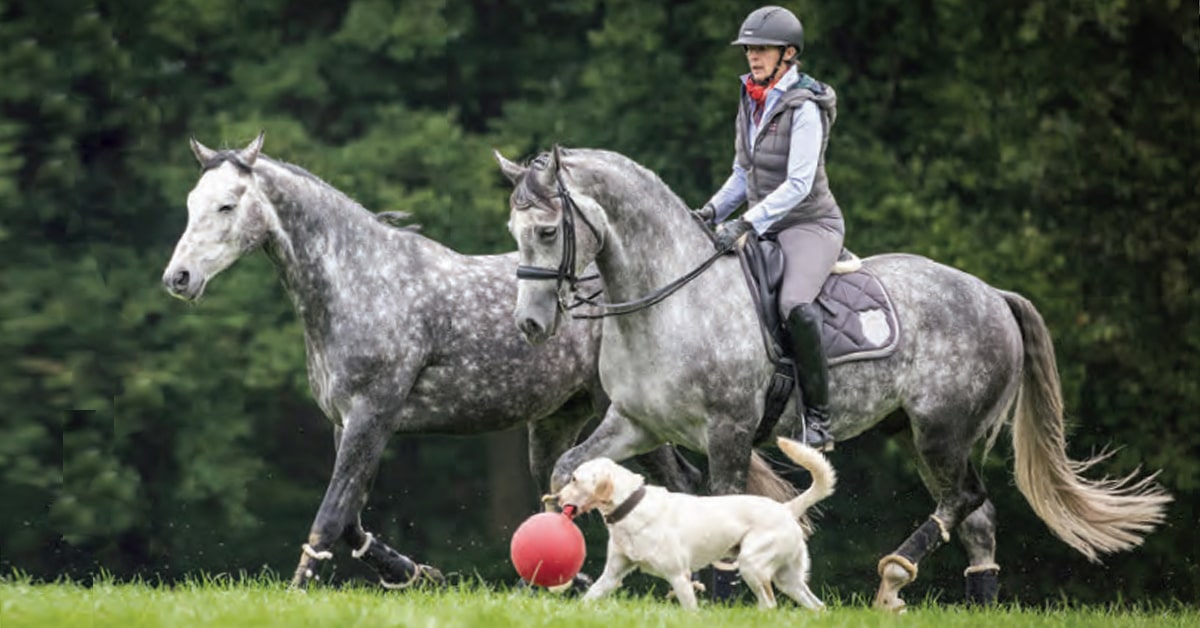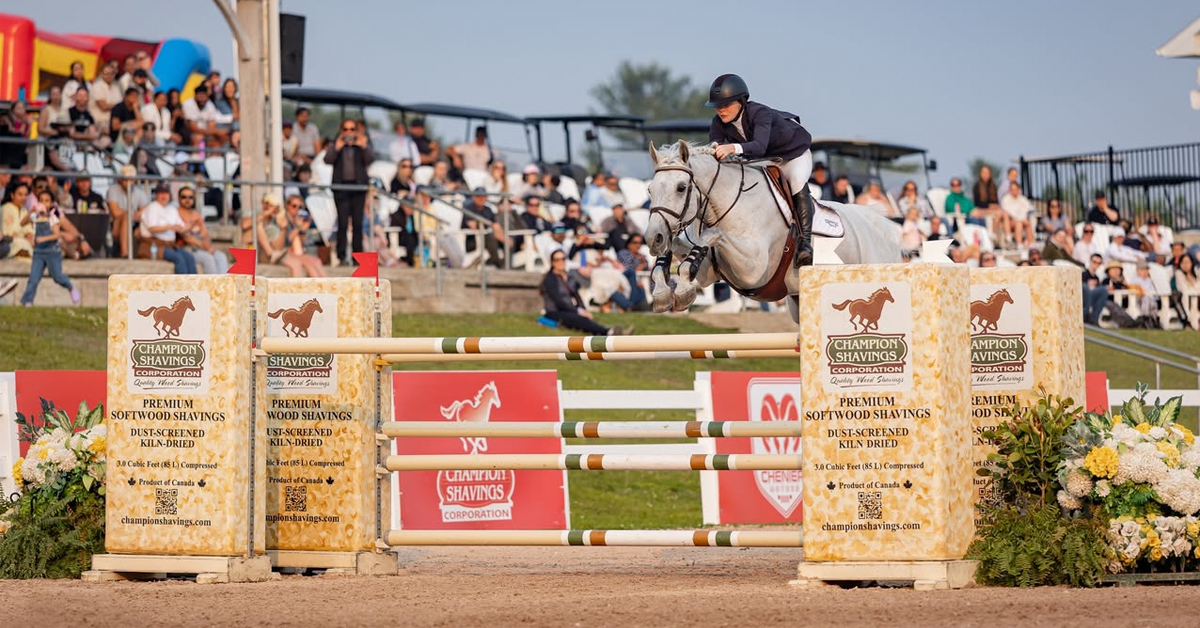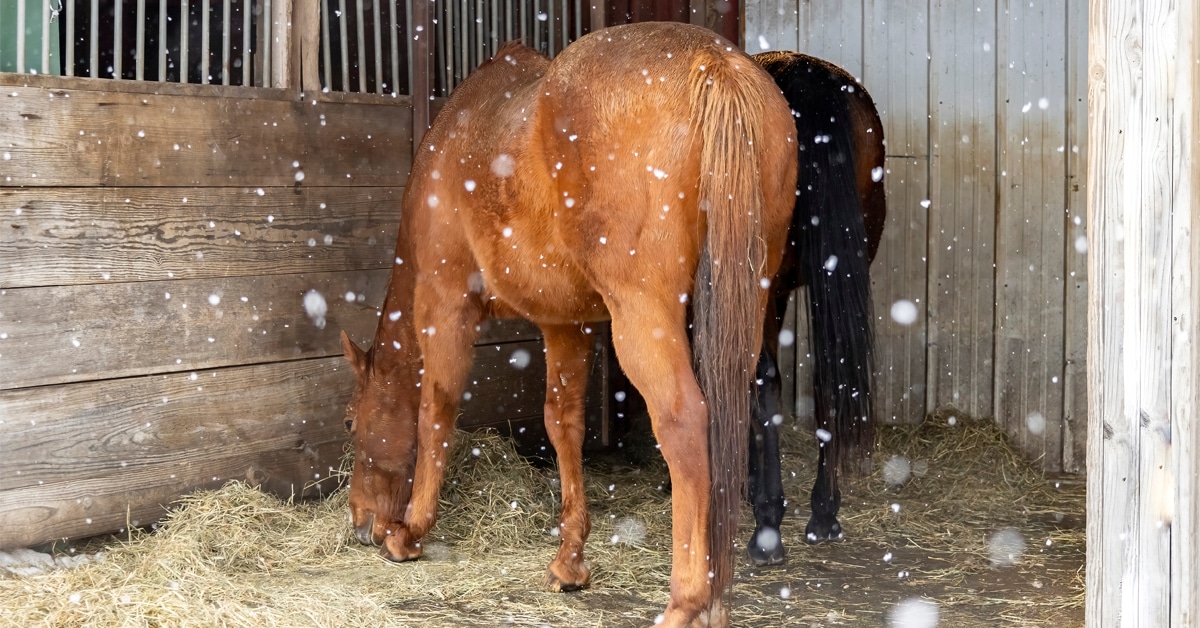When it comes to our horses, any call from the stable manager or trainer that suggests illness or injury will instill instant panic. Your anxiety level goes through the roof. You grab your coat and car keys and drive to the stable to meet the vet. But what if the colic attack becomes acute, or that paddock injury needs more than a stitch or two? Chances are the ensuing bills or the value of your horse are the last things on your mind. Insurance policies for our equines — mortality plus medical and surgical benefits — are fairly standard in the industry and de rigueur for our pricey show horses. But how do these policies function in the crunch of an emergency?
Kelly Currie of Henry Equestrian Plan (HEP) explains that when she receives an initial call from a client she asks the basics – “What’s wrong, where is the horse?” – and then starts a claim. She also has to plan for what might happen and request an update from the owner regarding the health status of the horse. If there is any possibility of a mortality, she will report to the 24-hour adjuster, who contacts the vet hospital and gives instruction to the owner on how to proceed. But no insurance broker expects you to put them ahead of the animal.
“Whenever a horse suffers any major illness or injury, the first phone call should always be to the veterinarian so that emergency treatment can be administered right away,” concurs Stephanie Kirton, senior client executive for BFL Canada Risk & Insurance Services Inc. “The horse’s welfare must always come first! Once the vet has been contacted, it is very important to contact the insurer as soon as possible, and before any non-emergency treatment is commenced, so that coverage can be confirmed and future coverage will not be compromised.” Both BFL and HEP have a 24-hour emergency claims pager answered by experienced staff who will ease your stress by working with the vet to help you understand your options and best course of action.
Material Change in Risk
This all seems easy enough. But if some owners opt not to make an insurance claim, do they still have to inform the company? It would be easy to treat a situation with your horse similarly to getting in a minor car accident – if both parties agree to pay for damages themselves, no one tells the auto insurance company, right? So if a horse has to have colic care, even going to an equine hospital, does the owner have the choice to pay for it and not inform the insurance company? The short answer is ‘no’.
“One of the conditions of any insurance contract (not just horse insurance) is for the insured, or in this case, the horse owner, to report any “material change in risk,” explains Kirton. She says that a material change is anything that might affect the coverage an insurance company would offer or the price it would charge for the coverage. “It is often difficult for a horse owner to understand what constitutes a material change and what doesn’t, which is one of the reasons you have an insurance broker,” she continues. “Always communicate changes in your horse’s health to your broker. Remember, there are times when a minor health issue today turns out to be a major issue in the future, and you want your coverage to be able to respond.”
Again, this seems reasonable, except when you consider the consequences to future incidents or the value of your horse. Many horse owners will tell you all about “colic exclusions” and reduced value following a surgical procedure, and it is these very issues that have people paying up in private and keeping mum. According to the brokers contacted for this article, it is advisable to have all of the worse-case scenarios and their consequences spelled out when you’re shopping for insurance. In other words, don’t wait for an emergency to find out how it will affect your horse’s value or future coverage.
Guaranteed Renewal
BFL includes guaranteed renewal with waiver of depreciation coverage on most of the full mortality insurance policies; similarly, HEP includes waiver of depreciation on the first 24 months of insuring the value of the horse. This means if your horse suffers a major illness or injury during your policy term, the insurance company guarantees to renew what is called the all-risk mortality portion of your policy at the same terms and conditions as the previous term for an additional 12 months. For example, if our horse Max does require colic surgery, your policy will still be renewed with no colic exclusion for an additional year. It’s the same for the insured value, so if Max dies as a result of colic within that year, you will get your payout. “Guaranteed renewal is probably the most important coverage feature to have on your insurance policy to protect your financial investment,” says Kirton. “Be sure to always inquire about this coverage when purchasing insurance.”
“The underwriter will make a decision based on the evidence from the vet as to whether a colic exclusion would be imposed, or even if the value of the horse will be lessened,” Currie adds. “I will go to bat for my client to ensure it is all decided fairly.”
Currie says that once the situation is known (in our fictional case, Max did not need surgery, but spent two nights in horse hospital with an IV) it is time to file the claim. She explains that many vets include detailed diagnostic information in their bills so that filling out reports as was routine in the past isn’t necessary. The vet can either fax the broker directly or the owner emails, scans or faxes in the necessary documents. These are then given to the insurance underwriter to examine – and now it gets tricky. With HEP, the medical-plus-surgical endorsement allows 120 days of compensating for invoices for the claim, which is important, as for some ailments the horse may require ongoing medical treatment/procedures. It is important to check what the duration of the medical and surgical endorsements allow, as policies can vary.
Liability Coverage
Our horse’s health is only one area where owners and riders need insurance. With such a high-risk sport it makes sense to protect ourselves and other people from any damage our animals may cause. Be it a part-boarder who falls off our horse, or a runway animal that destroys property, it is important to get liability insurance. Michael A. King is a lifelong horseman and the principle broker with Intercity Insurance Services Inc., and partner of Capri Insurance, making his organization the largest equine industry broker in Canada. The company provides most equine provincial sports organizations (PSO), such as the Ontario Equestrian Federation, with insurance programs. He explains that the personal liability program is one of the reasons horsepeople become members of a PSO, as it offers $5 million in coverage if “you own, lease, borrow a horse for personal usage including showing and also if the horse kicks someone, damages property, etc.” Similar to when your horse is sick or injured, if someone has a riding accident or your horse does damage someone’s property, phone your broker “as soon as is practical,” says King.
The second benefit that comes with some PSO memberships is an accidental death and dismemberment policy that provides a catastrophic injury payment should a rider sustain a permanent injury or get killed. This type of policy is paid out in a single lump sum.
As King points out, the critical element in all these situations is to know your broker. “As consumers, we have a responsibility to know our facts,” he says. “Take advantage of information on the web, in magazines, and read your policy so you know who the broker is and what to do if you have a possible claim.” All that fine print is really worth reading, as is an in-depth discussion before you sign on the dotted line and pay your fees. And perhaps this seems obvious, but your PSO is not your broker, so calling them will only delay the matter.
“The equine industry is well-served by a few insurance carriers who specialize in the unique exposures related to horses,” King explains. “All participants can protect their assets with the assistance of insurance as part of their risk management strategy.”
Disclaimer: The comments contained in the above article have been published for information purposes only. Please review your policy or speak with your broker as to the actual insuring agreements, general terms, conditions and exclusions of your individual policy that will govern specific application of the various coverages referred to above.
The Latest









